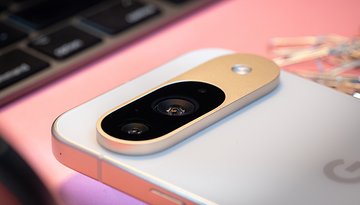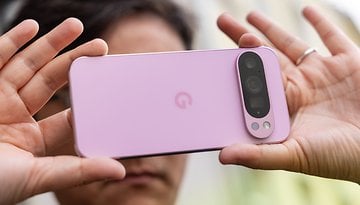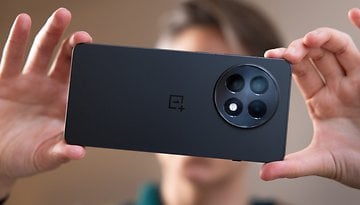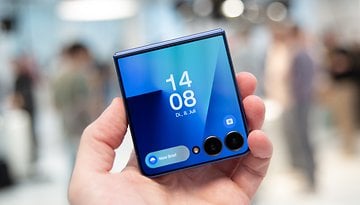Poll of the week: Is it time to remove "5G" from phone names?
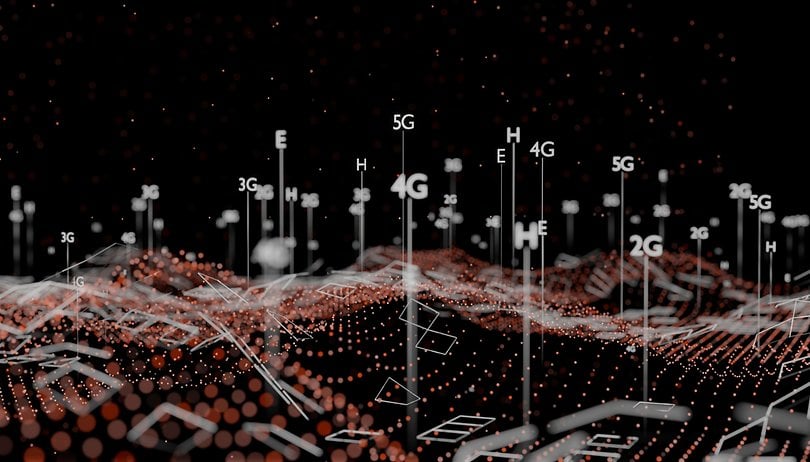

Read in other languages:
We asked the NextPit community, and we got the answers. Even though the community is rather split when it comes to stopping using "5G" in smartphone branding, most of the readers agree that specifications differences between 4G and 5G are not helping the market. Let's see the results of last week's poll.
In another rant cosplaying as a poll of the week, we asked the community whether it was time to stop naming phones with "5G" suffixes, and the answers for that question varied a bit according to the different NextPit readership:
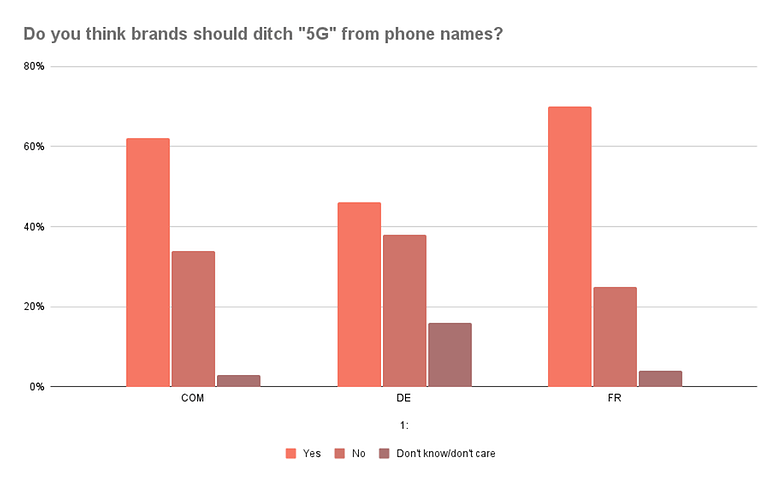
While the French and English sites had a majority of votes for the "Yes" (stop using the 5G suffix), the German site had a small win for that option, with almost 40% of the readers voting for the "No", and 16% for the "don't know/don't care" option. Alexander R. in the German community summarized well one good point to keep using the suffix:
"5G in the name, yes. Because when I'm looking for a new phone, I want to be able to recognize it without having to study the technical data first."
On the other hand, Tim raised a very interesting point in another answer:
This "5G" nonsense was ALWAYS completely pointless. At the beginning of 5G and now as well.
It's just another normal wireless standard. Why the hell does this have to be in the name?
Or was there also a Galaxy S22 BT5.2? Or a Pixel 6 Pro UWB? No. But 5G has to be in the name for some reason.
Readers also remembered that the 5G roll-out is still in progress and many also mentioned the fact that many of the current deployments are still using the same bands as LTE - non-standalone mode -, which don't offer a noticeable performance advantage.
4G / 5G branding x specs
When it comes to the devices' specifications, however, most in the NextPit community agreed that phone manufacturers should avoid making 4G/5G versions with the same name but different specifications.
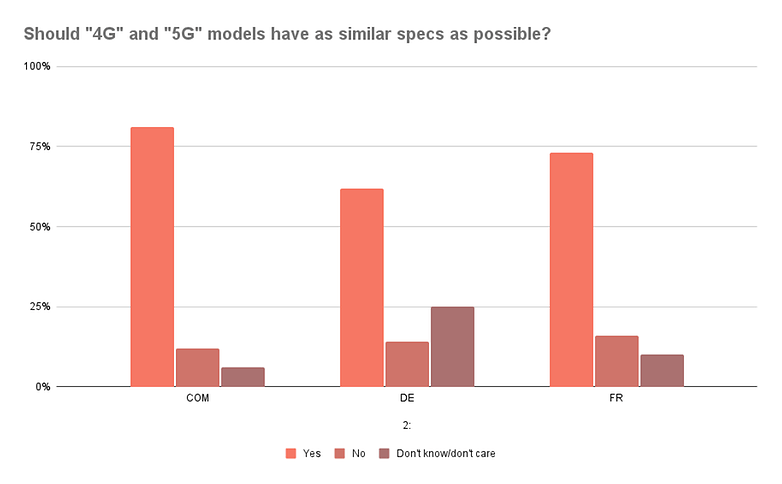
One thing we forgot to mention is that this 4G/5G split not only leads to some confusion while buying phones but also when it comes to technical and software support. Not only can the different versions receive updates at different times, but also the support policy can change, which can generate some frustration.
For example, LG's Velvet (RIP) has two externally similar versions with different SoCs: one 5G with the Snapdragon 765G which NextPit reviewed here, and is receiving the Android 12 update in South Korea. And another model powered by the Snapdragon 845, with currently no signs of being updated beyond Android 11.
The potential for confusion can affect not only the buying decision - which some readers commented don't really impact regular consumers - but also when troubleshooting or looking for support, which is something that can also affect phone manufacturers in the end.
Anyway, that's it for this week's poll. Be sure to subscribe to and like our newsletter, which you can do in the box below. Feel free to comment on the results and share your views about the current 5G deployment in your region.
Original article
"Smart Phone Note 22 Pro 5G", mobile names never shied away from ever ballooning names but sometimes they are necessary. Like in the current transition between 4G and 5G. Consumers - and marketing departments - are looking for hints that their investment can last, and is compatible with the shiny new thing™. But with most launches already 5G-ready, do you think it is time to ditch the suffix in phone names? Welcome to the poll of the week.
I can already hear the voice inside some readers: "Here comes NextPit with another #firstworldproblem". But since most interesting devices are already compatible with the latest generation of mobile networks, we thought it was something we should ask our audience.
Of course, there are phone models that are still being released with two versions, each topping at 4G or 5G, but that adds another complexity that my colleague Casi Drees pointed out: some of those models are very different phones on the inside, which can lead to some confusion.
Worse, they can result in some buying frustrations like getting the Galaxy A52 thinking it is the same phone as the A52 5G, but with one less "G", which is not true. Or take the Redmi Note 10, compared to the 5G model, they have different dimensions, weights (179g vs 190g), screens (60 Hz AMOLED vs 90 Hz LCD), and even camera configuration.
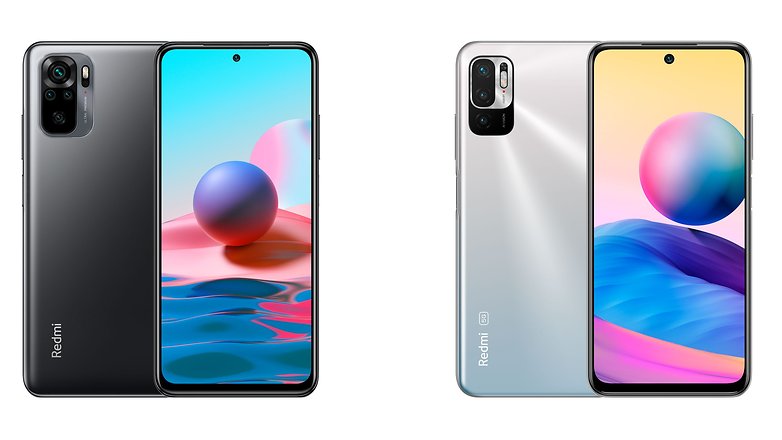
There is no obvious solution to that without complicating phone names even more, it seems like Xiaomi sacrificed some of the 4G's specs to reach a lower price point in the 5G market. This leads us to the next question: do you think brands should target specs as close as possible for the different models?
And that's it for this poll of the week. As always we will return to this topic next Monday when we will analyze the answers given by the NextPit Community.
Feel free to share your opinions about the topic, or even reminisce past generational transitions - do you miss the days of the LG's and HTC's 4G models? What about the great purge of the SoC brands? Or is it just the growing pains of every transition?






